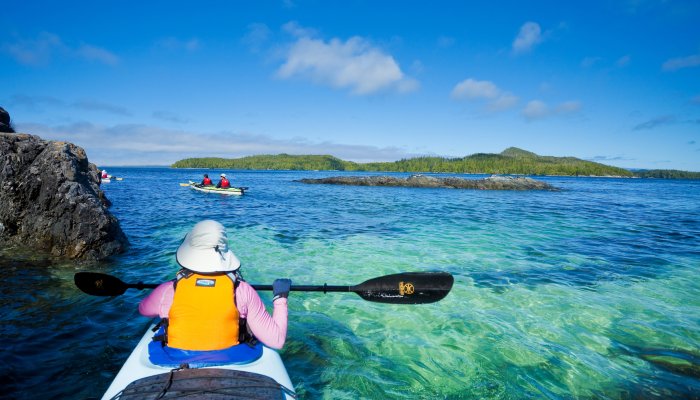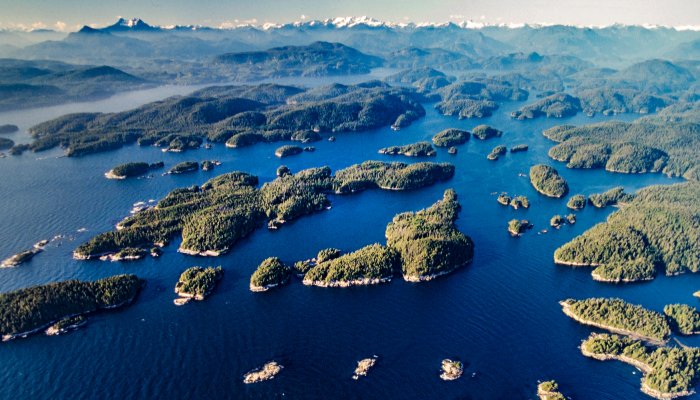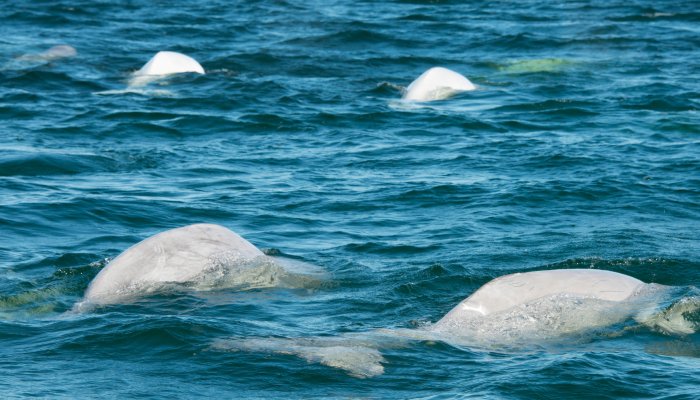Sea Kayakers Guide to Responsible Travel
Sea kayaking is so much more than simply taking to the water with a paddle in hand. It’s an opportunity to explore environments that few have the privilege to witness and be treated to natural encounters that aren’t possible from the land.
But with exploration comes a responsibility to treat the natural world with the reverence it deserves and tread lightly in the communities we pass through. At Sea Kayak Adventures, this philosophy is at the core of what we do and something we are deeply passionate about sharing with others.
In this article, discover some of the ways you can be a responsible paddler, no matter where in the world you are exploring. It covers everything from choice of gear, to accommodation options, and observing the regulations of marine protected areas.
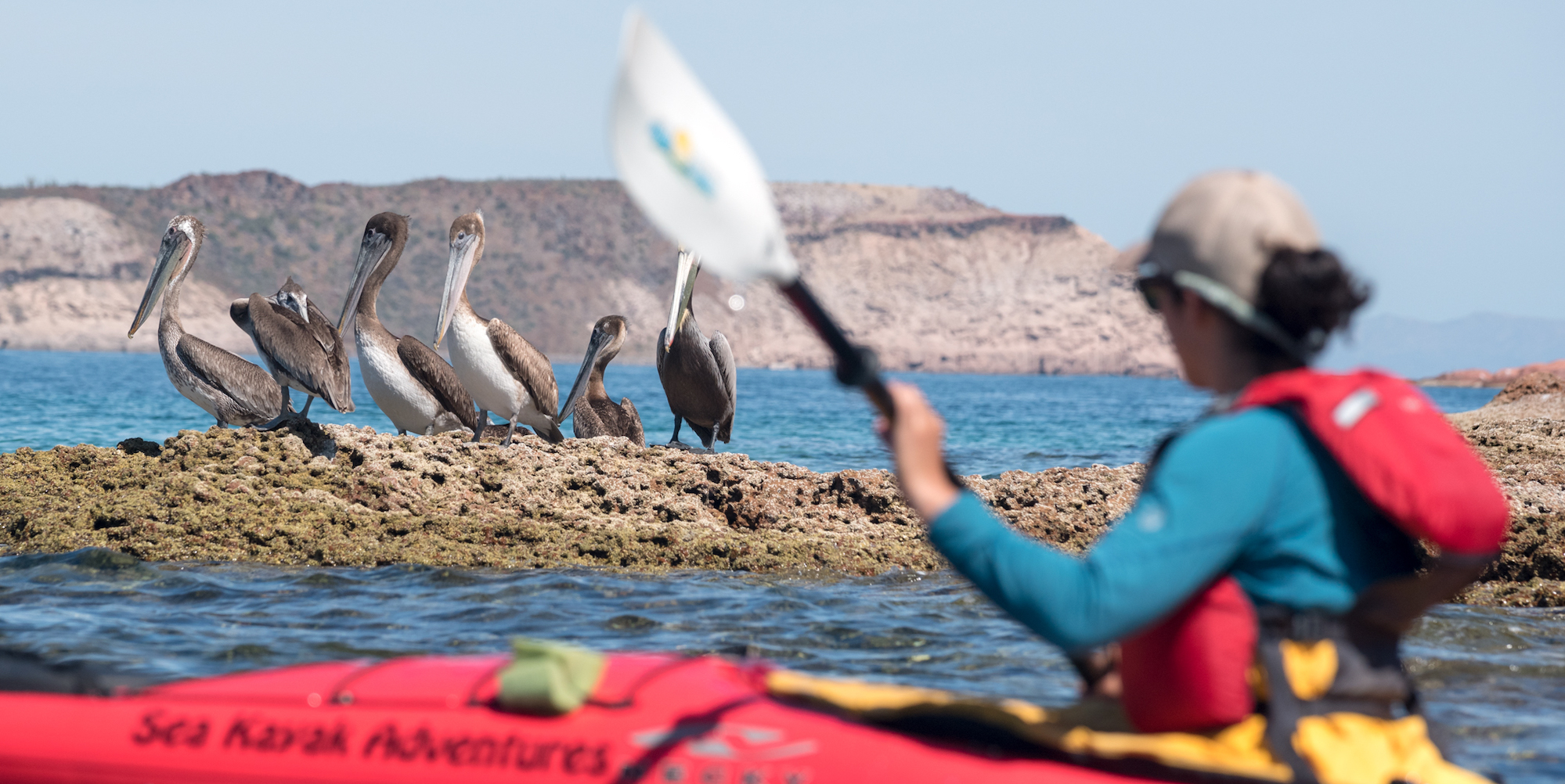
Respect Wildlife
One of the joys of sea kayaking in many parts of the world is the opportunity to observe wildlife species in their natural habitat. From inquisitive sea lions to soaring birds and breaching whales, it’s these animal encounters that make nature-based expeditions so special.
While it can be tempting to try and get as close as possible, it’s important that you keep your distance, not only for your own safety but also for the welfare of the animals. Remember, you are observing them on their territory and respect is key. Failure to give animals the space they need may result in a change in natural behavior that could be detrimental to the species.
For example, if you are lucky enough to be sea kayaking around whales or dolphins, never box them in, ensuring they can continue to move freely. While seals may come across as playful and endearing, if you get too close to a mother and her pup, she may perceive that as threatening and react aggressively.
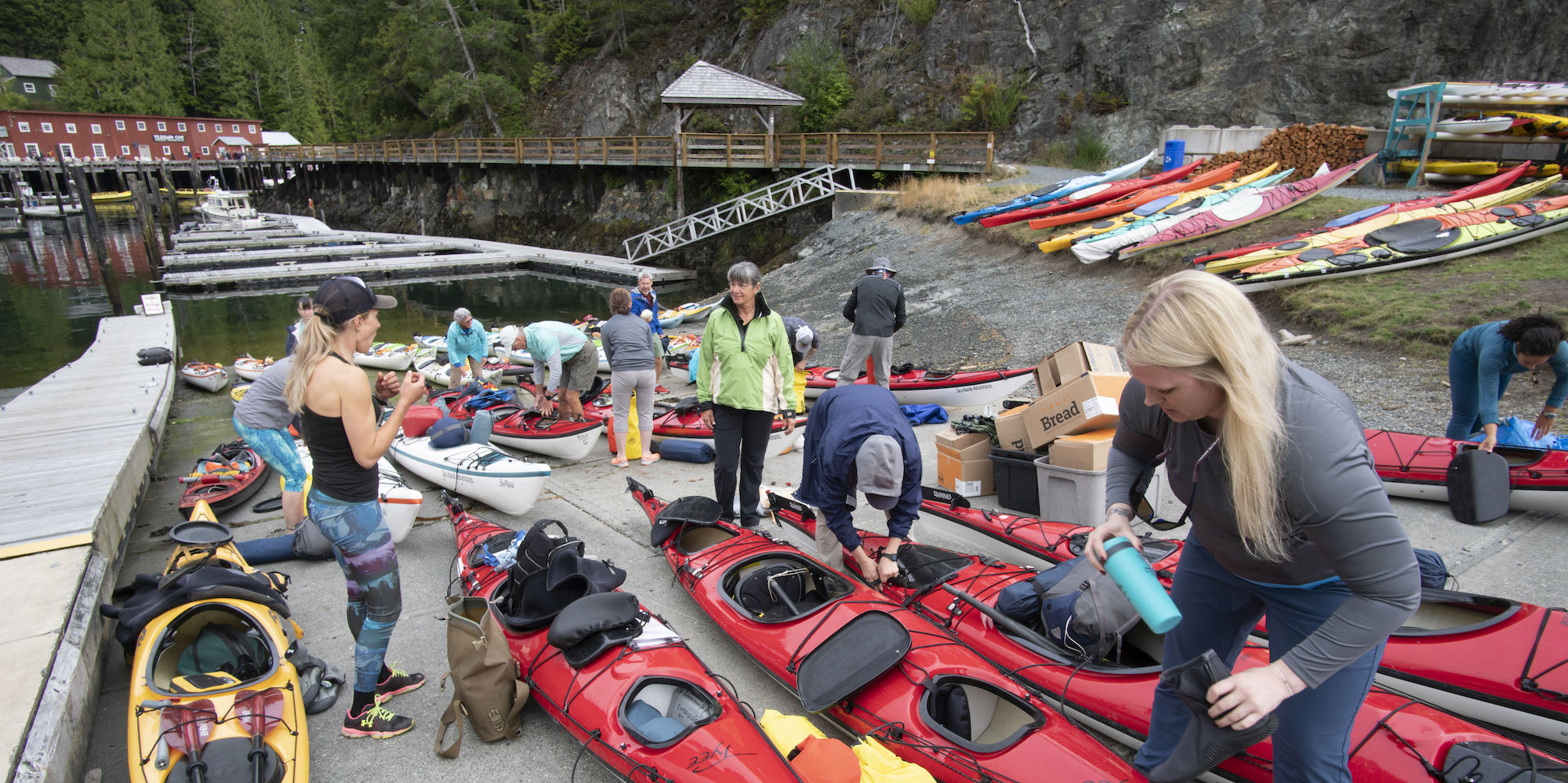
Limit Single Use Plastic
It’s no secret that single-use plastics are having a devastating impact on our environment, with our oceans being hi particularly hard. Unfortunately, bottled water remains popular in many parts of the world, particularly where there is a lack of safe drinking water. In some countries, recycling systems are not in place, so single-use plastics go directly to landfill.
To help reduce your impact, always travel with a reusable drink bottle that can be filled up at potable water stations, and bring water purification tablets if the tap water is not safe to drink. It’s also possible to find reusable water bottles with an inbuilt filtration system that will purify the water before you drink it.
The idea of limiting single-use plastics can be extended to an overall minimization of waste generation and actively seeking out recycling opportunities. If you’re not sure, ask your guide! No matter where you are kayaking, practice Leave No Trace principles and take any garbage with you. If you see trash left by others, pick it up and carry it out with you, ensuring the natural environment can remain just that - natural.
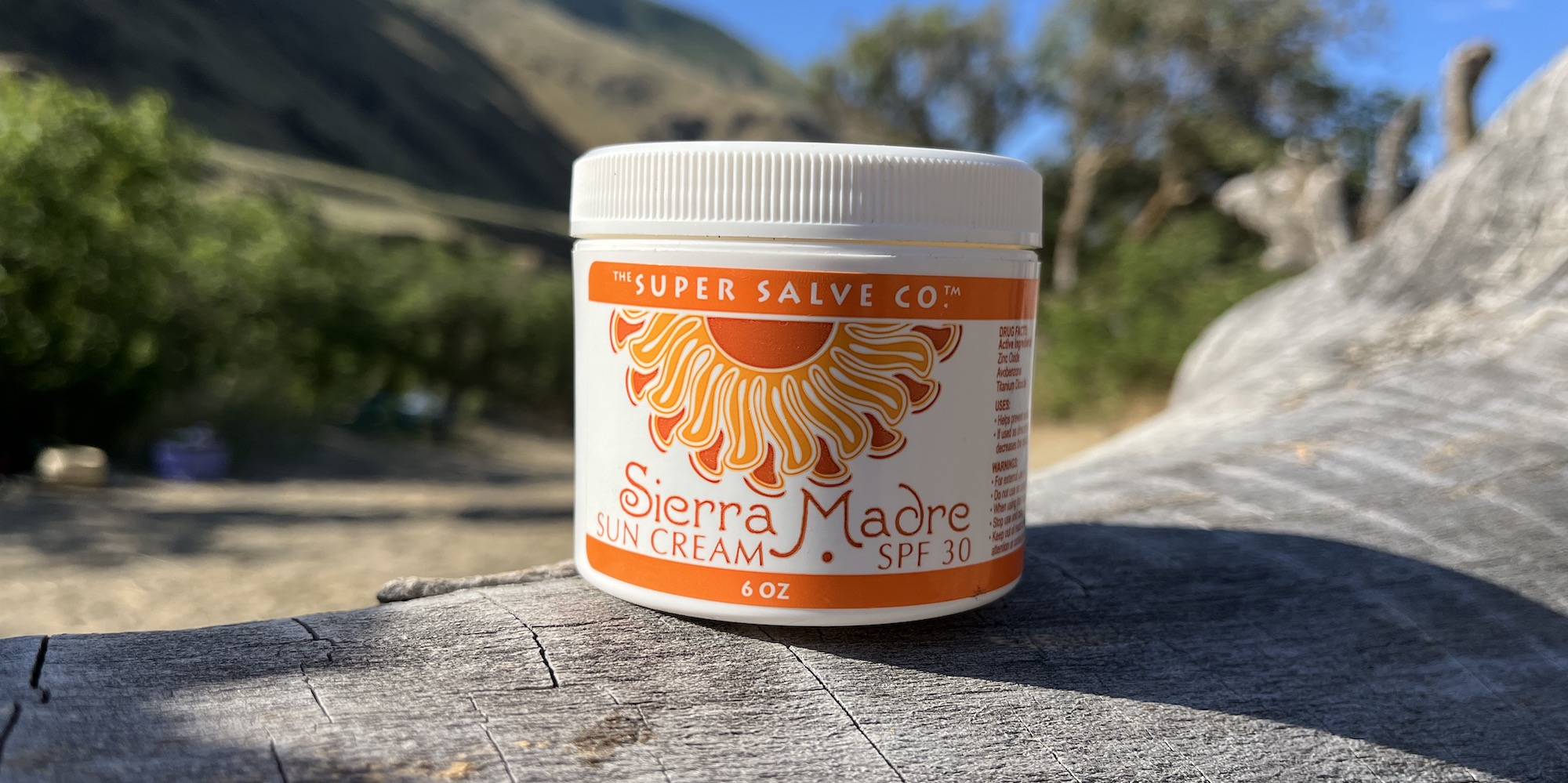
Use Biodegradable Products
Even when you’re out in the wild, maintaining hygiene is important, which means using soaps and/or hand sanitizers. Rather than bringing products that are filled with nasty chemicals, look for biodegradable alternatives that won’t have a negative impact on waterways or marine life.
Avoid washing your hands or using soap directly in fresh or natural water sources, as it is best to move at least 60 meters away. This will ensure the biodegradable products are filtered through the soil, rather than ending up directly in the waterway. Hand sanitizer is a good way of reducing the spread of bacteria when hand washing is not possible.
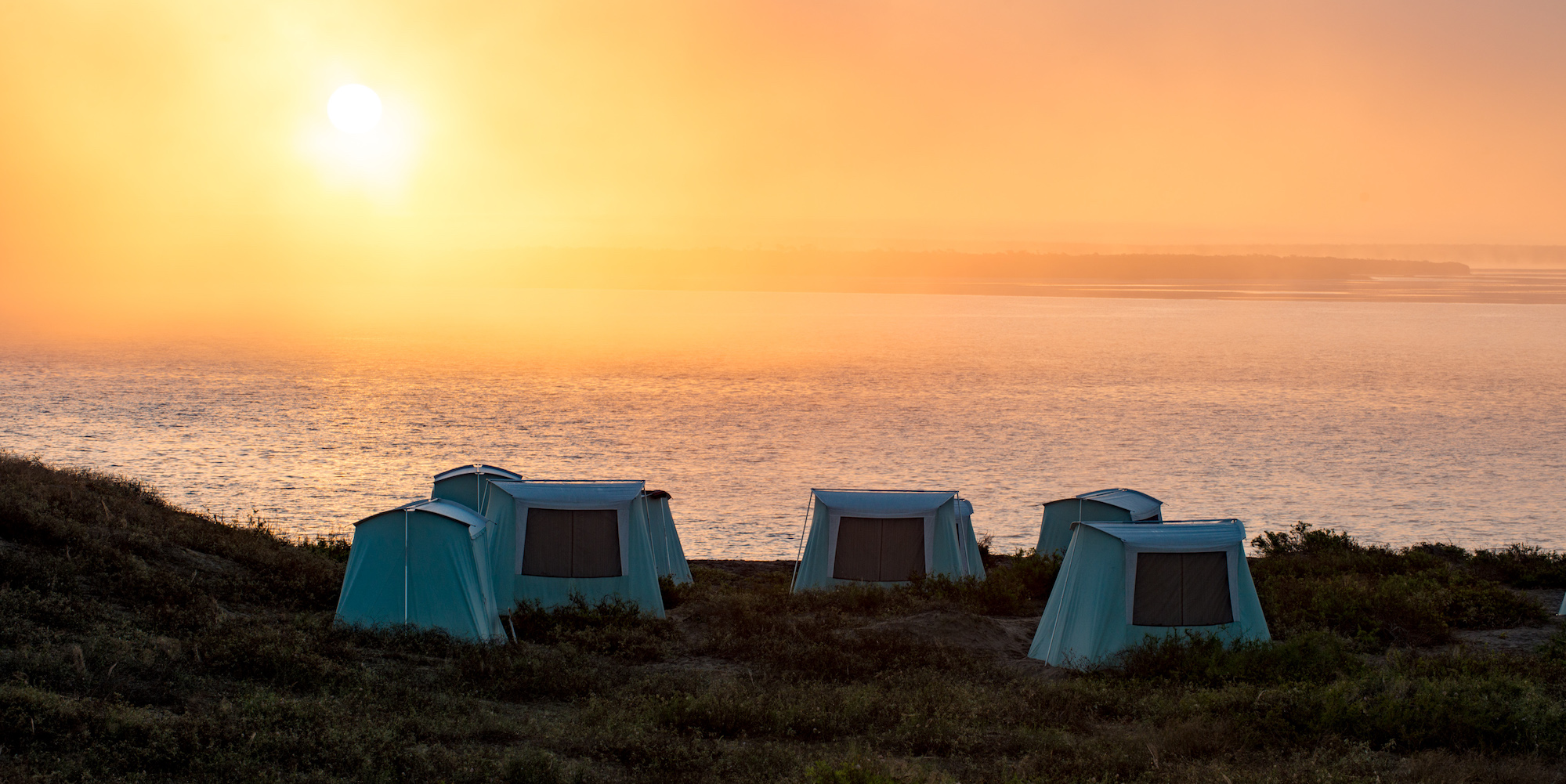
Choose Sustainable Accommodations
No matter where in the world you choose to travel, doing so responsibly means being selective about all aspects of your trip. This includes your choice of accommodation. Selecting a guesthouse, lodge, or camp that has been sustainably designed and with a minimal environmental footprint can help natural destinations retain their wildness, rather than becoming a concrete jungle.
In some parts of the world, tourism demand has resulted in the rapid erection of poorly designed accommodations that have a devastating impact on the surrounding environment. By choosing accommodations that are sensitive to its surroundings (even if it costs a little more), you are taking an important step in ensuring natural places stay that way for future generations.
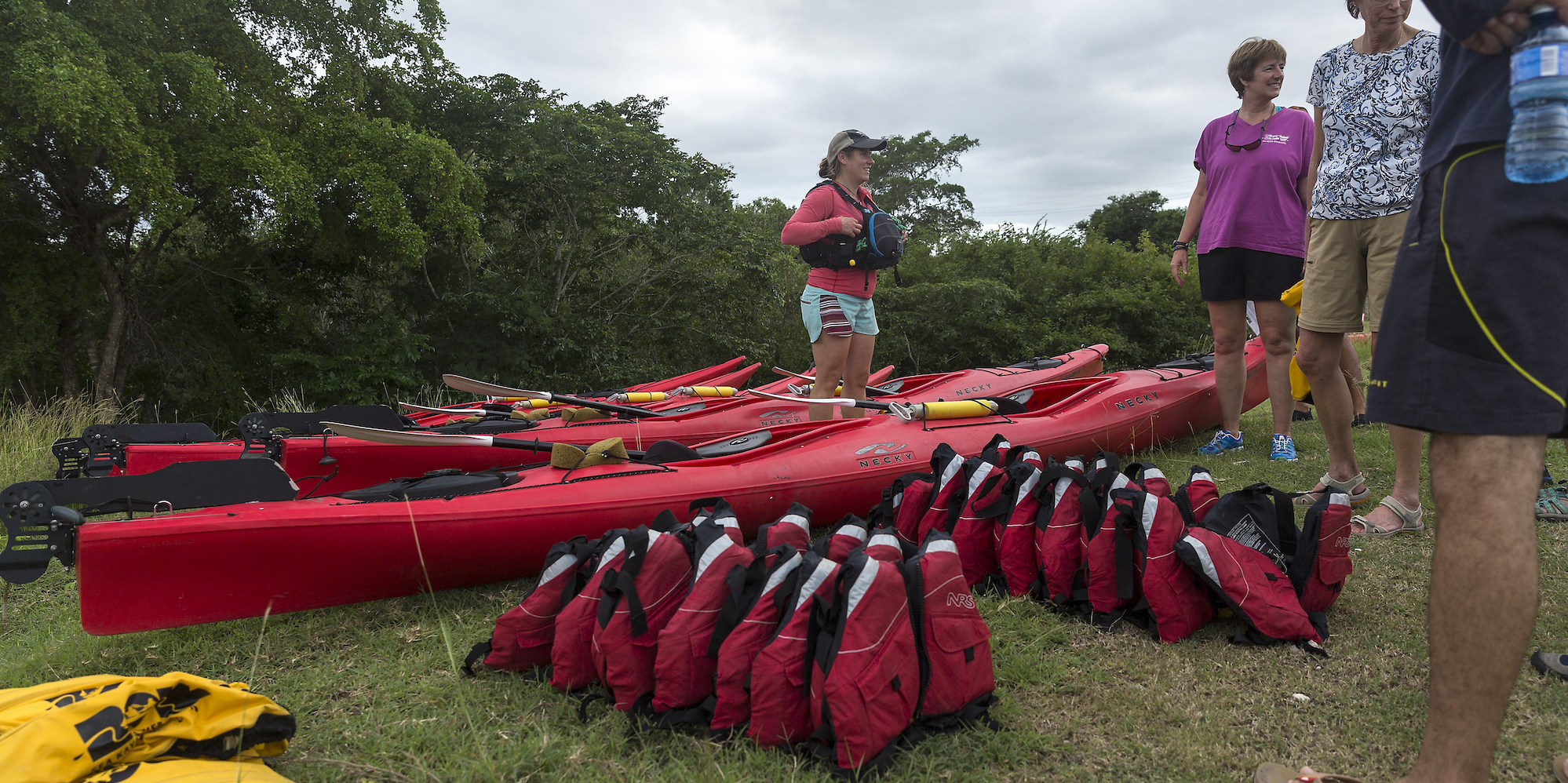
Consider Recycled or Pre-Loved Gear
Having the right equipment and being well-kitted out is essential for any sea kayaking trip, ensuring you are protected against the elements and prepared for any situation you might encounter. However, the manufacture of most kayaking gear is resource-intensive and comes at a cost to the natural environment.
An alternative is to look for paddles, clothing, and accessories made out of recycled materials and preferably in factories powered using renewable resources. While this gear can often be pricey, it will help to reduce your carbon footprint considerably.
Alternatively, shop for second-hand gear, with a lot of new and hardly-used equipment and clothing available online for a fraction of the original price. Even if the pre-loved gear is not made out of sustainable materials, you will be preventing the energy-intensive generation of new stuff.
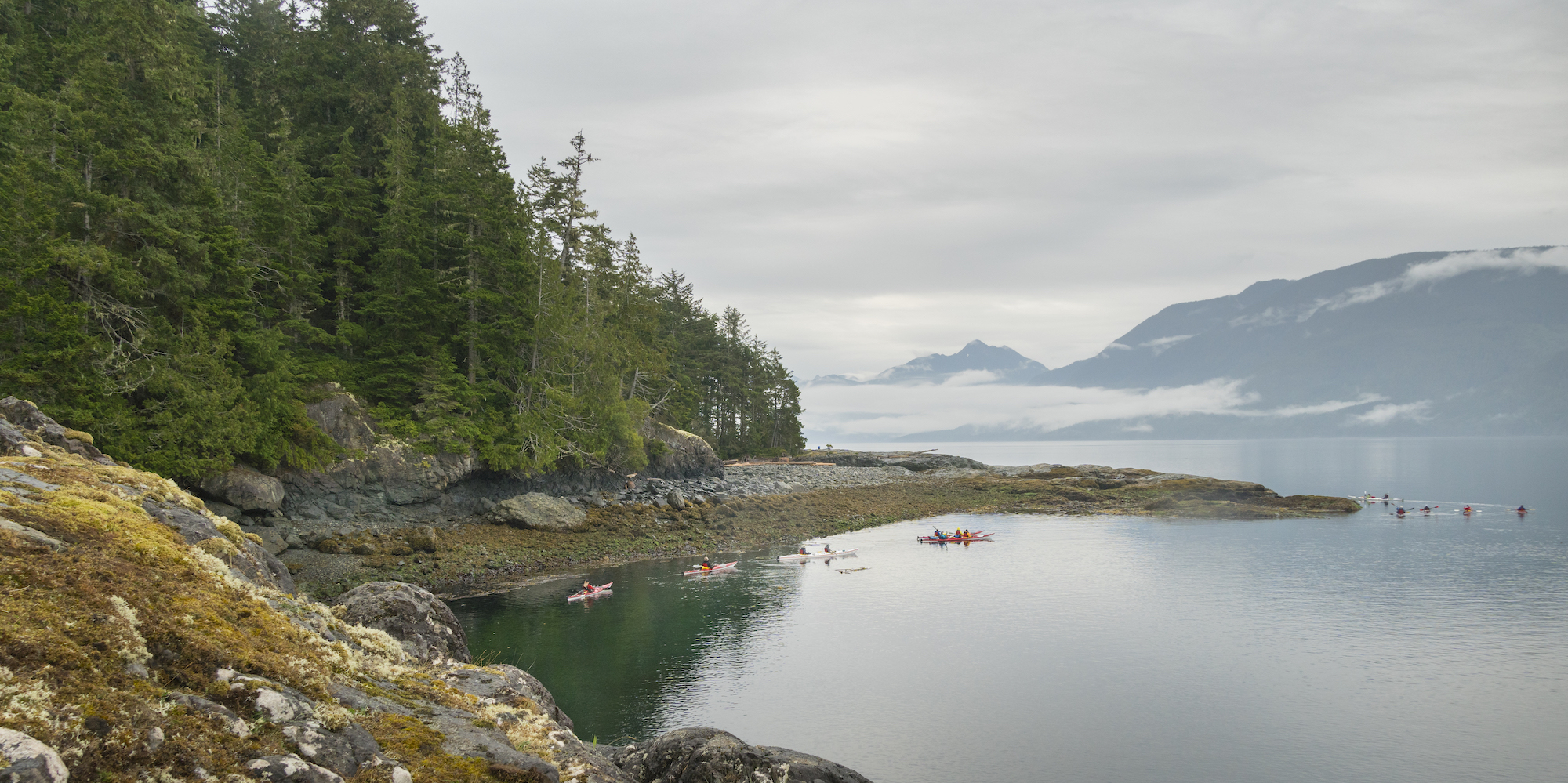
Respect Marine Protected Areas
Before setting off on any sea kayaking expedition, do your research about the environment you will be traveling through. This includes understanding the rules and regulations of any marine protected areas you will be entering and ensuring you can adhere to them.
Rules and regulations in protected areas are usually designed in collaboration with marine life experts and ecologists, and are in the best interests of the resident flora and fauna. Some of the ecosystems may be particularly fragile, so it’s important you don’t bring in anything that could threaten them or behave in a manner that leads to damage.
As a paddler, it is not only your responsibility to follow these rules but also to encourage others to do the same. If you see someone behaving in a manner that goes against the local regulations, don’t be afraid to call them out.
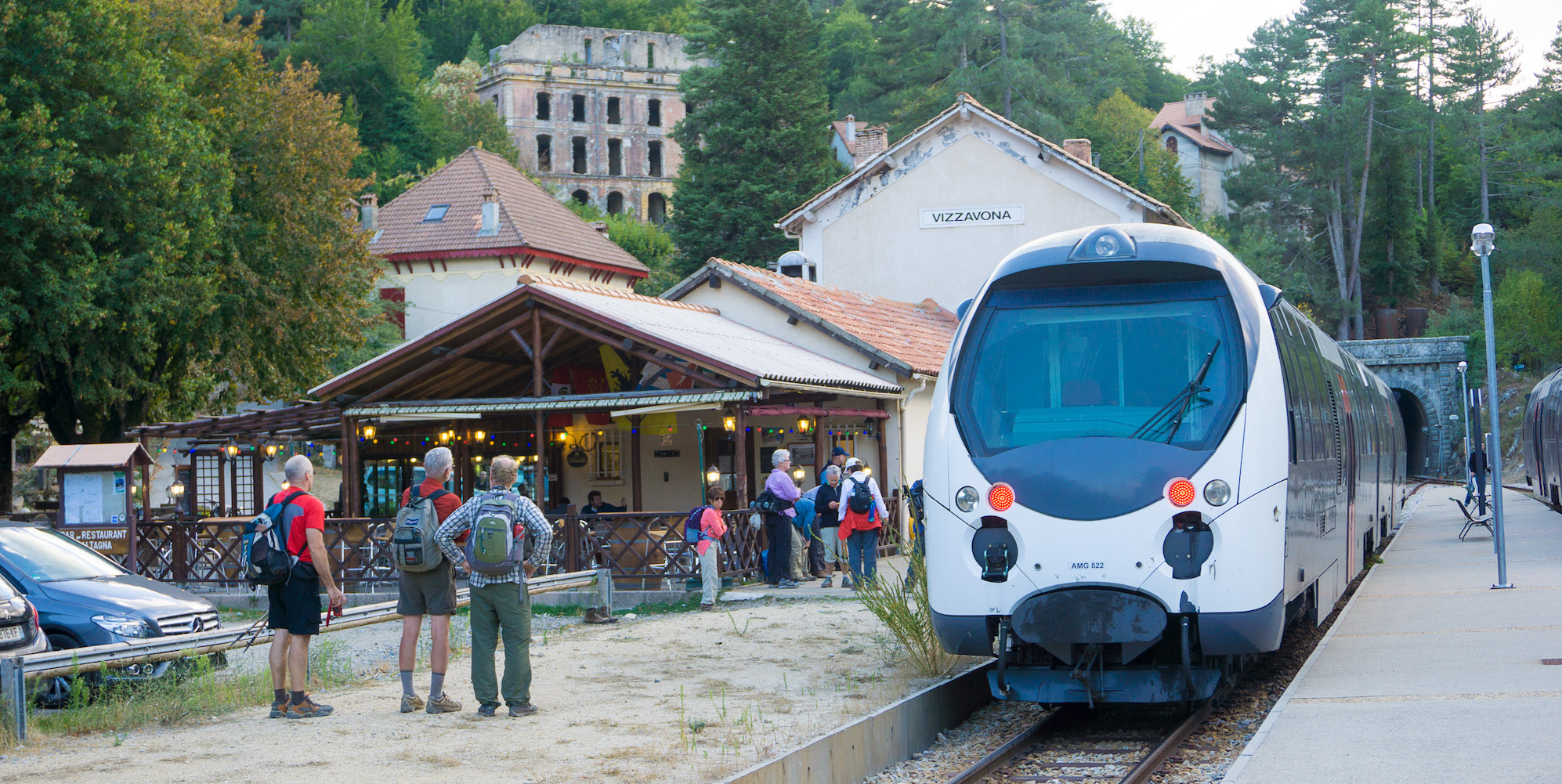
Choose Responsible Transportation
A responsible and sustainable trip starts the minute you leave home with your choice of transport to the launch site. If you’re carrying a lot of gear (including kayaks), then it may not be possible to use public transport, making driving the only option. If this is the case, try and carpool with other paddlers to reduce the carbon footprint of your trip.
For those joining an existing trip with only a backpack in tow, look for suitable public transport options to get you to the start of your adventure. Buses and trains tend to be more sustainable than flights while cycling is even better! On many trips, the operator will arrange to pick up all participants from their city-based accommodation, helping to reduce the carbon output of the tour.
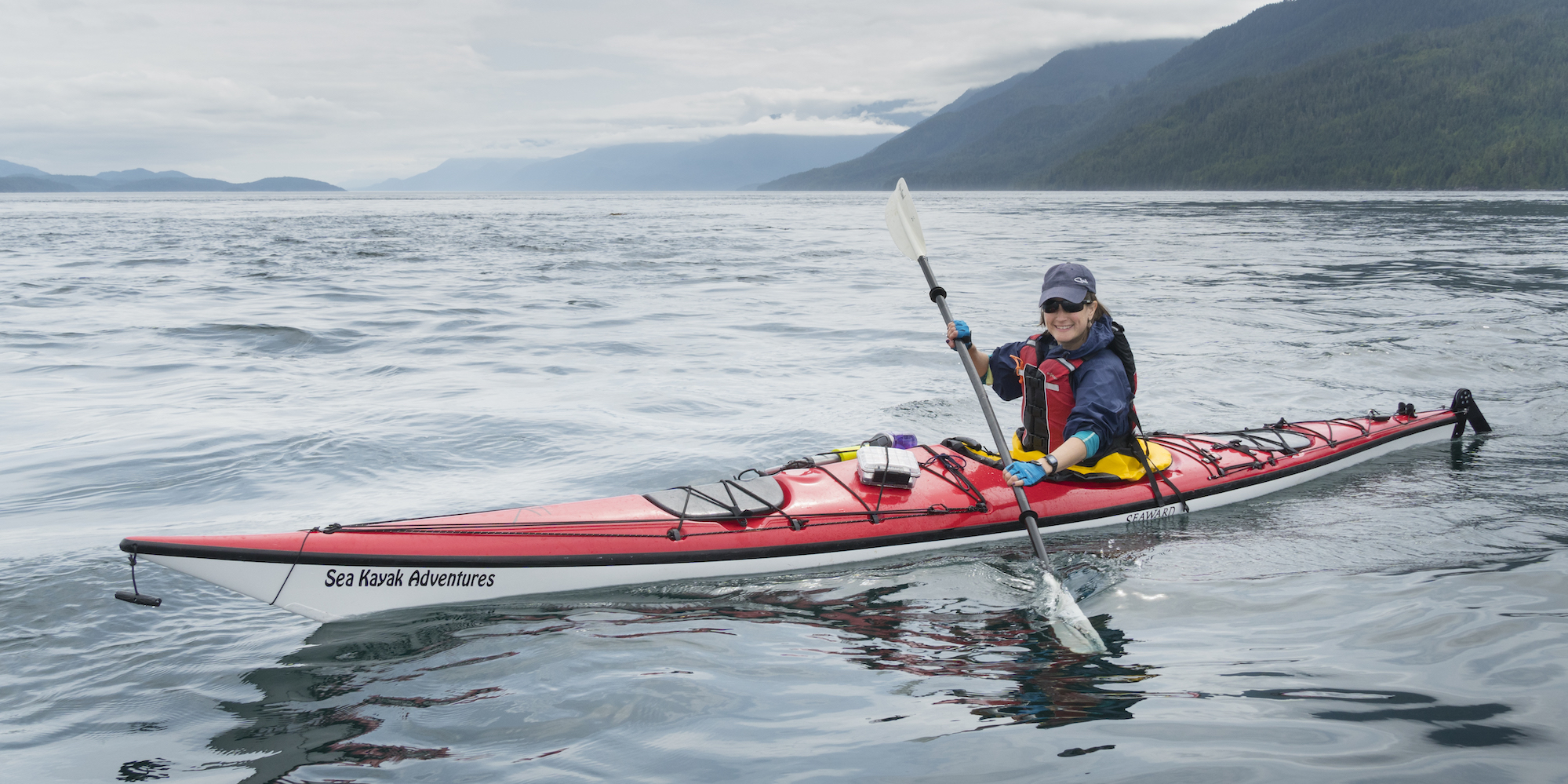
Minimize Noise Pollution on the Water
While you might not think of noise as being a pollutant, in wilderness areas it is. One of the wonderful things about paddling under your own steam is the opportunity to listen to the natural world in all its glory, without the hum of a boat engine. There’s nothing worse than coming across other kayakers having loud conversations or camps with music being blasted out of speakers.
When paddlers are quiet out on the water, the resident animals are less likely to be disturbed, ensuring they maintain their natural behaviors. It also means they are more likely to make appearances, which only adds to the wonder of the trip.
If you do want to listen to music, bring a set of earphones so as not to disturb others. Also, avoid raising your voice, shouting or yelling, even if it is to express wonder at the natural beauty of a place.
Support Local Businesses
Being a responsible traveler means supporting the communities you are traveling through, which is best done by spending money at local businesses. Rather than stocking up on groceries at a big-name retailer in a large city, purchase supplies from small stores closer to your launch point.
In addition, try and support the work of grass-roots conservation groups that are doing their bit to preserve the natural environment so that people like you can enjoy it.
If you need the services of a guide, look for someone who lives locally. Not only will you be investing money into the community but chances are, they will know the waterway better than anyone else. And if you have a good experience with them, let others know and how they can get in touch.
As kayakers, we are stewards of the sea and have a responsibility to travel in a conscious and sustainable manner. The decisions we make during the planning of our trips can have a big impact on the waterways we paddle and the environments we travel through. Ultimately, we want to protect these corners of the world for future generations and ensure the ecosystems can thrive.

